What Are Beverage Can Sizes? An Introduction
The size of the beverages not only reflects the volume, but it also influences the branding, effective storage, and customer experience. Thin energy drink cans, classic 12-oz soft drink cans, and oversized craft beer crowlers each have a purpose associated with their size when used in packaging strategy.
The current market presents an extended variety of cans that are of different sizes to fit the various types of beverages and the target market. The smaller can sizes are convenient to take away and control portion size, whereas large cans can be shared or positioned as premium. To brands, the right can size can enhance the visibility on shelves, match the lifestyle influences, and facilitate distribution sustainability.

This guide examines the most popular types of can sizes per drink category and how physical size shapes logistics, product design, and market fit. These sizing standards are crucial to making strategic decisions, whether you are starting up a new beverage or are trying to streamline your production lines.
Most Common Beverage Can Sizes and Their Dimensions
When it comes to packing beverages, selecting the right can size is not merely about the capacity it would hold, but it also defines the brand identity, logistic efficiency, and perception of the consumers. The most common size can formats in the beverage market today are broken down and described below, as well as how each format is strategically being used.
| Can Size | Nickname | Typical Use | Key Features & Positioning |
| 7.5 oz | Mini Can | Low-volume sodas, kids’ drinks, sugar-free drinks | Light consumption, health-conscious image, fits vending/airline/convenience formats |
| 8.4 oz | Energy Can | Energy drinks, cold brew, organic functional drinks | Sleek and portable, urban lifestyle appeal, iconic for brands like Red Bull |
| 12 oz | Standard Can | Sodas, beers, teas, sparkling waters | Market default in North America, versatile, widely compatible with canning lines |
| 12 oz | Slim/Sleek Can | Hard seltzer, kombucha, organic RTD coffee | Taller and slimmer, conveys modernity, lightness, and stands out visually on shelves |
| 16 oz | Tallboy / Pint | Craft beers, IPAs, and some iced coffee drinks | Near-pint size, strong for creative label space, used by small to mid-sized breweries |
| 19.2 oz | Stovepipe | Mainstream beers targeting C-stores | More than Tallboy, less than 24 oz—perfect for single-serve occasions like sports and concerts |
| 24 oz | Oil Can | Mainstream value beers, chilled drinks | Large volume, cost-effective, bulky, but popular in warehouses and high-turnover retail |
| 32 oz | Crowler | Fresh draft beer, limited-run craft offerings | Sealed on-site, combines growler volume with aluminum convenience, ideal for small-batch or special releases |
| 64 oz | Growler | Taprooms, breweries, group drinking occasions | Often glass, now also aluminum, used for multi-person sharing, strong brand storytelling component |
- 7.5 oz (Mini Can)
It is one of the smallest formats of commercially available aluminum cans in the market. It is frequently applied to low-volume carbonated soft drinks, kids’ drinks, and functional beverages with no sugar. Its capacity is perfect to be used in light consumption, thus this product can accommodate consumers who are watching their consumption and also consumers who are seeking a low-burden lifestyle. This format is especially effective when talking about the high-sugar product, as it conveys the message of just enough. It is also very successful in vending machines, groceries, and airline distribution because of its portability to be consumed in a small period and easy storage.
- 8.4 oz (Energy Can)
This can format is nearly synonymous with functional beverages- particularly energy drinks. It is tall and slim, which makes it easily gripped, quick to chill, and visually appealing. It is sleek and dynamic from a visual perspective. It fits the narrative of a fast-paced, efficient, and urban life. Red Bull is famous for using this can size, which has become part of their identity. In recent years, cold brew coffee and many other drinks have started using this format, often associating it with trendiness and portability.
- 12 oz (Standard Can)
This is the standard can size in the beverage market (North America). It is also popular and quite flexible. The 12 oz can is a standard product in the soft drink cans and beers, iced teas, and sparkling waters. Its capacity is sufficient to satisfy the normal consumption but not to overpower the drinker. Brands have the advantage of a lot of label space, a well-developed supply chain, and compatibility with most canning lines. This type of format is popular among new beverage startups at the time of entering the market.
- 12 oz Slim/Sleek Can
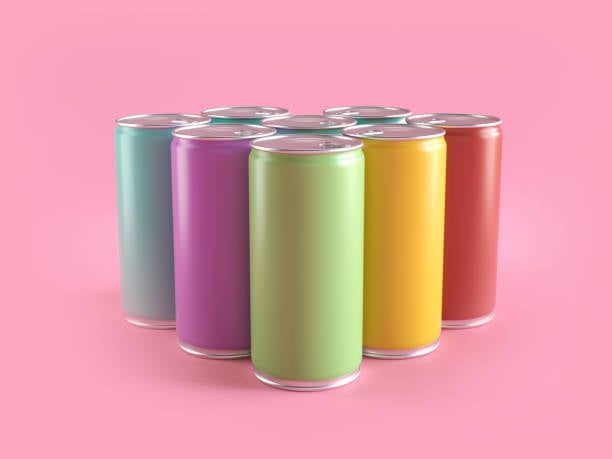
This can has the same capacity as the regular 12 oz but with a different proportion, taller, and skinny that makes it look more fashionable. Brands that prefer this style include hard seltzer manufacturers, White Claw, kombucha makers, and some organic ready-to-drink coffee brands who aim to position themselves as “lighter and more refined.” Its distinct shape on store shelves streamlines its silhouette, setting it apart from the sea of bottles and cans, providing visual differentiation and serving as an indicator to health-minded patrons.
- 16 oz (Tallboy/Pint)
It is one of the standard can sizes of the craft beer industry. It holds nearly a full pint, and it has a better drinking experience. The taller body also offers ample space to use the label and provides plenty of label space for an innovative label design and visual branding. It is most often used in taprooms, convenience stores, and independent pubs and is often found in 4-packs. It is compatible with most filling lines, which makes it an advantageous option for breweries of any size.
- 19.2 oz (Stovepipe)
This format has proved to be a strategic tool of the mainstream beer brands entering the convenience channels in recent years. Having the right capacity of more than 16 oz and less than 24 oz makes it a good fit in cases when it is consumed by a single person, such as during sports, concerts, and traveling. It is a good compromise between being portable and having a volume that is satisfying without being awkward to put on a shelf. Although it is dominated by large breweries, some smaller breweries have also entered this format to access the C-store market.
- 24 oz (Oil Can)
This 24 oz format is common in supermarkets and warehouse-style retail outlets in the US. It is used for mainstream beers and beverages with low price and high volume, meeting the “larger volume and better value” expectation. Its shape may be bulky, but it sells well to frequent high-quantity drinkers. It is, however, prone to oxidation, which makes the drink less fresh and more dependent on the filling process and how stable the formula is. Shelf space planning might also be a problem, as a more advanced placement strategy might be needed.
- 32 oz (Crowler)
A Crowler is a large-format can that is packed and sealed at the brewery itself and is usually used to take out fresh craft beer or specialty drinks with limited editions. It offers the volume advantage of a growler with the sealing ability of an aluminum can, solving the problem of glass breakage and reuse. Crowlers have become a staple vessel in the craft beer culture, particularly when it comes to specialty products that have a limited shelf life.
- 64 oz (Growler)
This volume level is more commonly found in taprooms, farm breweries, or festival settings. Traditionally made from glass, some small-batch products now use aluminum for single-use packaging. Due to its large size and higher price, it’s typically used for multi-person consumption and is often positioned as a “brand symbol” or “weekend experience” product. While less common in retail channels, it remains prevalent in direct-to-consumer models and membership-based brands. Its size roughly compares to a wine bottle, ideal for group sharing occasions.
Note: The following dimensions represent commonly used formats in the beverage industry. Actual sizes may vary slightly depending on region, manufacturer, and production equipment. For technical specifications, always refer to the supplier’s official datasheet.
Beverage Can Sizes by Drink Category
The selection of beverage type and can size features considerable variation due to consumer expectations, regulatory influences, and brand positioning. Here’s how leading categories approach it:
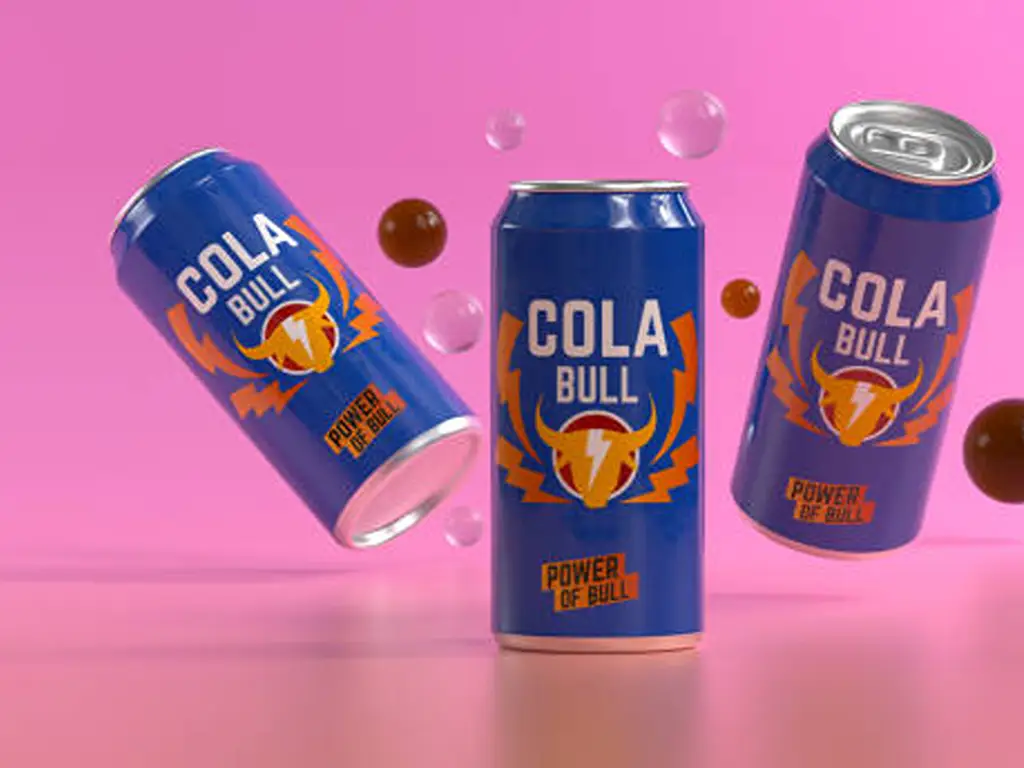
- Soft Drinks
Standard size remains at 12 oz due to branding, cost benefits, and taking the market share from the competition. 7.5 to 8 ounce mini cans support portion control and calorie-conscious customers, while 16 to 24 oz are made for grocery and convenience store customers who are looking for more bang for their buck.
- Energy Drinks
It is usually packaged in 8.4 oz or 12 oz slim cans, focusing on the strength and the convenience of carrying it. The skinny size increases eye appeal, allows for good branding, and is aligned with consumer preference for concentrated functionality. Their cans have diversified to many other drinks, such as adaptogen-infused water and organic boosters.
- Craft Beer
Breweries prefer 12 oz standards and 16 oz tallboys as they find them balanced between branding space and freshness. Larger 19.2 oz sizes are used as premium or limited edition products, particularly in convenience stores. These sizes are used by breweries of any size, including mid-sized and independent taprooms.
- Hard Seltzers
Some companies opt to package hard seltzers in 12-ounce cans like beer, while others offer slimline or 16-ounce versions to signal a health focus or bolder flavors. Caught in a crowded category, listing on a product’s packaging can serve as a differentiating factor.
- Functional Beverages (CBD, THC, Adaptogens)
Most common in 8–12 oz slim cans, which project a premium, wellness-oriented image while supporting dosage control and regulatory compliance. These sizes also appeal to smaller producers offering niche products.
- Wine & Ready-to-Drink Cocktails
Canned wines are packaged in 250ml and 375ml versions, which are half wine bottle size, perfectly shareable or single-serve convenient. While 200ml to 19.2oz is the range for RTD cocktails, smaller cans are for high ABV cocktails, and the larger ones for spritzers.
- Cold Brew Coffee
Cold brew coffee shines in the 8oz stubby and 12oz sleek cans. These sizes convey craft quality and freshness, especially nitro-sealed, and offer convenience. Brands opt to set themselves apart from soda industry rivals by choosing a unique can size to bolster their premium position.
Beverage Can Size Selection: A Strategic Decision for Brands
The role of can size in the beverage industry is much more than a packaging option – it is a strategic move that defines brand positioning, channel strategy, and profitability. The proper format influences the perception of consumers, their visibility on the shelf, regulations, and performance in the market directly.
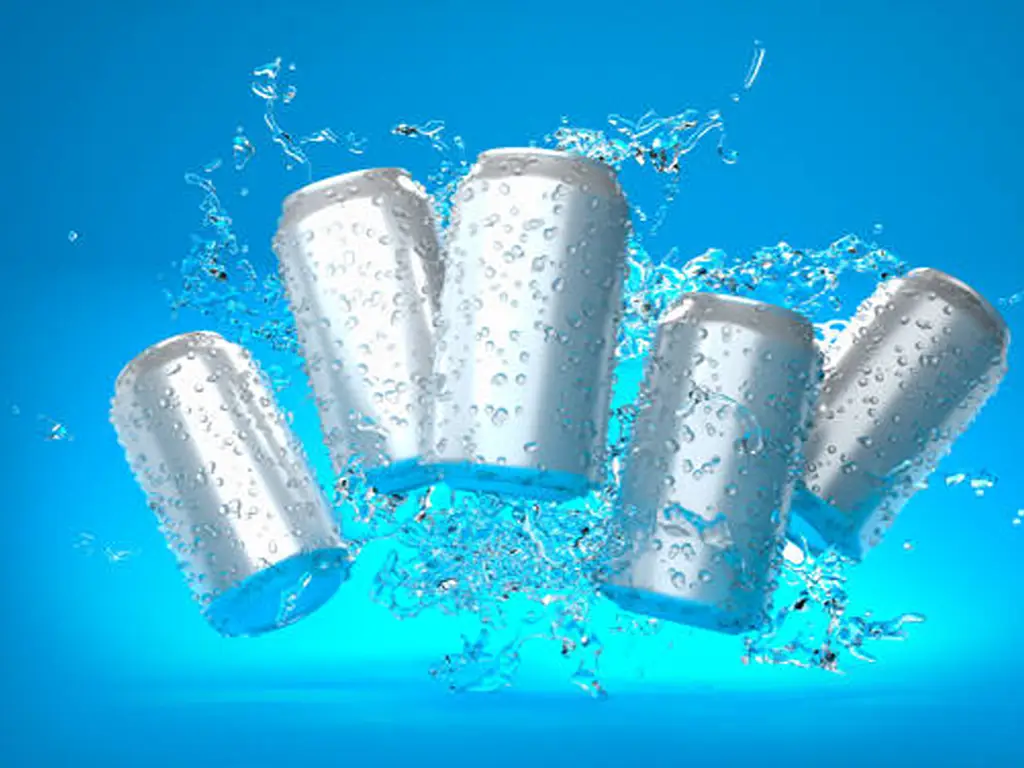
- Brand Positioning: Capacity as a Value Statement
Can size reflect brand? Smaller sizes (7.5- 8.4 oz) are associated with health-conscious, premium, and portion-controlled, and are therefore best suited to functional beverages and ready-to-drink coffee. The 12 oz standard can is inexpensive but very convenient, whereas the big containers (16-24 oz) are more focused on value, group consumption, and indulgence, which is appropriate in the case of beer, energy drink, or a festival setting. In essence, size can show how you want your brand to appear.
- Compliance and Product Integrity: Packaging Defines Feasibility
In the case of alcoholic CBD or alcoholic THC beverages, the size of the package is directly linked to regulatory acceptance, with many jurisdictions having very low limits per serving. Smaller cans can be a safer route to compliance. In the meantime, the impenetrability and blocking of light of aluminum maintains taste and shelf life, which is crucial to craft beers and performance beverages.
- Channels and Shelf Strategy: Visibility Drives Sales
In retail, size and shape are as important as branding due to crowded shelves. Although the 12 oz standard can is cost-effective, it is easy to get lost among others. Slim cans and tallboys are tall and vertical, thus have a high chance of being seen as modern or premium, having more label space to tell brand stories. Big cans are typically used to drive volume in convenience and mass retail, but small cans are very successful in both e-commerce and specialty channels.
- Profit Model and Pricing: Size Shapes Perceived Value
Bigger cans mean more unit sales and better value perception, but at the higher cost of production. Smaller cans enable premium pricing as they mitigate the effect of sticker shock, especially in cases of high-priced beverages such as RTD cocktails or functional health drinks. Dual format is a common strategy, with many successful brands having smaller cans to appeal to trial and premium buyers and larger cans to achieve the maximum volume and retail penetration.
Packaging Logistics: How Can Size Affect Storage and Shipping
In the distribution of beverages, the size of cans directly impacts shipping and storage, and impacts the entire supply chain. This is aligned with the company’s marketing. This impacts the brand in more ways than just marketing.
- 1. Space Utilization Drives Freight Efficiency
Pallets and shelf space are costly assets. 12 oz and slim 12 oz cans are the most efficient, with the capacity of 1,200-1,300 units per pallet. However, 24 oz cans are only able to store about 800, which increases the freight price by 10-12 percent. Brands that have large distribution networks will often provide 12 oz cans to maximize ease of logistics. However, oversized cans work well for limited distribution, where the 24oz cans serve limited runs with shelf visibility as the main goal.
- 2. Weight and Handling Shape Operational Costs
Aluminum cans save on shipping costs and carbon emissions by up to 40% compared to glass. The smaller cans (7.5-12 oz) can be handled in vending and school outlets, whereas the bulky 64 oz containers incur handling inefficiency and hence can only be distributed in short-haul distribution or taproom. Commonness of SKU in can sizes also minimizes complexity in warehouse equipment, vending racks, and retail coolers.
- 3. Format Choice Impacts Product Freshness
The volume of cans is associated with a greater amount of oxygen exposure per ounce. Small cans preserve the flavor integrity over a long time, and this is a significant benefit to craft beers and functional beverages. Bigger cans can counterbalance the risks of freshness with resealable lids or nitrogen purging, but at an expense and with greater storage requirements. In case of high-value products, the small cans can be more efficient in terms of both quality control and shipping.
- 4. Cost and Sustainability Require Trade-offs
The custom or oversized formats can raise the cost, the material consumption, as well as complicate the packing. Aluminum is the most recyclable material, but the inefficient can shapes decrease the pallet density and increase the carbon footprint of transport. The top brands are currently implementing simulation tools to conduct trial and error configurations and come up with the most efficient cost-effectiveness versus sustainability performance.
Labeling and Design Considerations for Different Can Sizes
When considering brand image and consumer interaction for a beverage, can designing is a critical and multi-faceted concern in brand presence, regulatory compliance, and shopping psychology. Branding perception is as critical as consumer perception, especially in today’s world where the label is often the first thing noticed. Thus, the order and arrangement of labels are critical for brand impression.
- More Space, More Storytelling
Bigger cans, like 16 oz Tallboy, give a lot of room to be creative. This additional space can be devoted to the detailed illustrations, description of ingredients, and even interactive elements such as QR codes. This is a strong point of brands, particularly craft beers or premium beers, where one can tell a more detailed story and connect with consumers on a higher level.
- Shape and Shelf Presence
Slim cans are very noticeable on shelves because of their unique, futuristic shape. They are particularly successful in such categories as functional beverages or cold brews, where a health-conscious consumer is attracted by the unusual format. Although they will be considered familiar, the standard cans might lack visual appeal, but their classic design can create trust and reliability.
- Compliance Meets Creativity
Design is not only about something that is aesthetic, but also an aspect of being compliant with regulations. Smaller cans can benefit greatly from the use of wrap labels or shrink sleeves to house the requisite information, such as ABV, allergens, or recycling information. Although bigger cans provide more room to add these features naturally, they are more costly to produce, and thus designing choices are all the more important.
- Consistency vs. Customization
Most brands keep the design at the same level in both can sizes so that the consumer recognizes that brand quickly. But it is expensive to do custom design for each size, especially when it comes to smaller brands. Shared modular label systems (color or size-specific details on the main template) are a cost-effective underestimate of these brands’ identities.
Canning Technology and Innovation in Beverage Manufacturing
Canning, as an ancient technique, has been improved drastically in recent years. Nowadays, it can be found in almost every beverage sector, including soft drinks, cold brews, and even in craft beers. A micro canning line is perhaps the most revolutionary change in canning. It offers small and medium-sized businesses the chance to grow without the massive expenses for large facilities, as it provides the flexibility to change formats, in this case, from 12 oz to 16 oz Tallboy. Additionally, the compact systems maintain the freshness, carbonation, and flavor integrity of the beverage.
The environment, along with business flexibility, has pushed the need to rethink canning priorities. Cans are best suited for the production chain as they are much lighter than glass and highly recyclable. Glass is much heavier, which gives the cans a leg up as it would cut emissions in import-heavy supply chains. Furthermore, the concern for wineries, ready-to-drink cocktails, and even cannabis-infused beverages has almost been eliminated, thanks to the advancements in can lining technology. Today’s liners are capable of protecting sensitive profiles.
Efficiency on the production floor is now automation-driven. Robotics is now integrated in modern canning lines to fill, seal, label, and even perform quality checks. This boosts operational efficiency and provides accuracy in output for various can sizes, formats, and even specialty short runs. The same modern technology applies to 12oz beer cans, slim energized drink cans, and even larger containers like crowlers.
Technology is equally important in fast-moving product categories like soda and energy drinks. Smaller serving sizes, functional ingredients, and clean label products are now in demand. As a result, systems now include nitrogen dosing for freshness, UV sterilization for microbial risk, and controlled-atmosphere packaging for sensitive SKUs. In an environment where having stable products for the shelf and speed of getting to the shelf are important, these features are essential.

Tailored Canning Solutions for Every Beverage Size by Levapack
As the sizes of beverage cans change, the requirements for flexible and dependable packaging machines evolve, too. Levapack meets these challenges with advanced technology by offering filling, sealing, labeling, and packaging machines for different can formats.
For canning solutions ranging from 8 oz energy drink cans to 24 oz beverage containers, Levapack Automated Systems, with its 18 years of expertise, offers automated solutions tailored to specific needs. Their machines are designed with versatility in mind—allowing easy, interchangeable, and precise filling, sealing, and labeling for different sizes with minimal downtime.
The customizable equipment made by Levapack can be constructed of 304/316 food-grade stainless steel and use the latest CNC machining and high-quality parts such as Siemens PLCs to ensure functionality and longevity. Having a worldwide presence in North America, Europe, and Asia, Levapack helps companies with dynamic adaptation to the needs of the market in terms of maintaining fast lead times and 24/7 technical support.
With proven, scalable, and top-quality machinery, Levapack is a reliable partner for beverage makers battling the challenge of varying can sizes. Contacting Levapack will let you discover tailored canning solutions designed for your business.

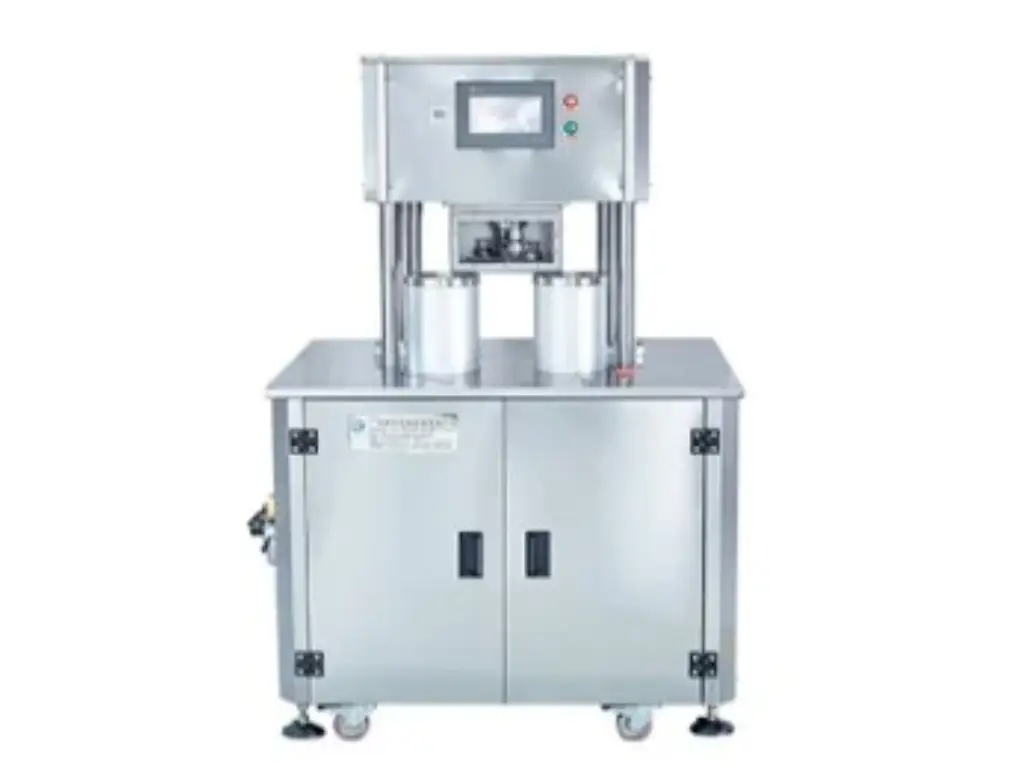
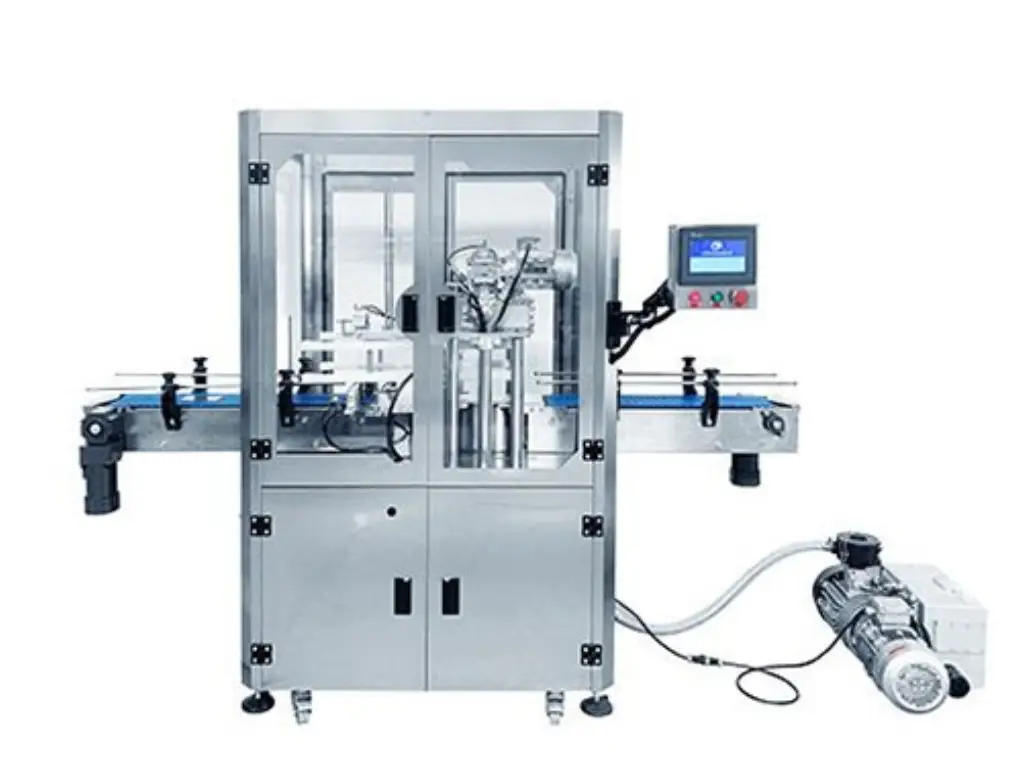
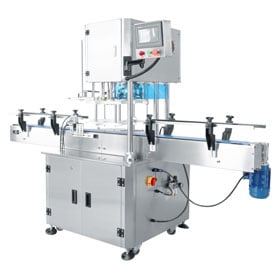
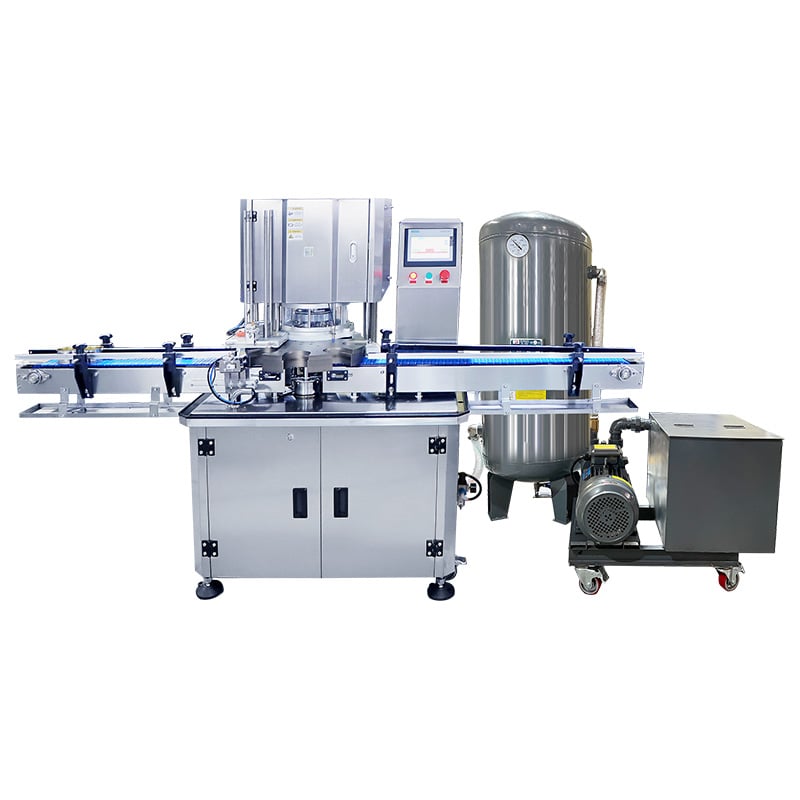

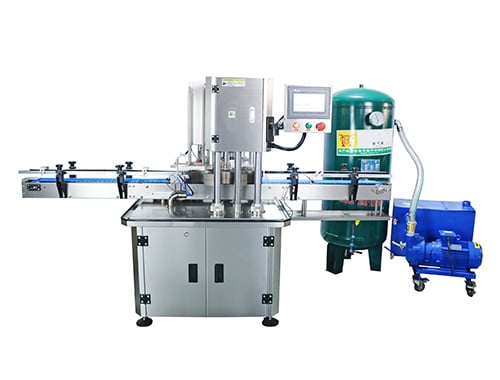




Conclusion
The art of selecting the right can size of the beverage is more than just an aesthetic matter. Each can size has its advantages depending on your product, target market, and packaging objectives. Size also influences the level of shelf visibility and overall branding, as well as freshness maintenance. The right can assist in the delivery of the product in the most ideal manner, which is according to your brand and consumer requirements in a particular environment. Next time you are planning to launch a beverage, think of the can size you will use; it is one of the factors that will make a difference.
FAQs About Beverage Can Sizes
In the United States, the 12 oz standard beer can is the most common among all the varieties and sizes of beer cans available. It facilitates a variety of beers, offers a balanced portion, and is often consumed. It’s a convenience for skimming through the canning line and is familiar to almost every consumer.
This is because smaller can sizes are for calorie-conscious consumers, for craft lovers, short cans for kids, or quick refreshments. To match the marketing plan, many brands different sizes and shapes.
They are not. Although slim cans of energy drinks are popular, they are also used for hard seltzers, cold brews, line functional drinks, and beverages because of their sleek and trendy vibe.
You can mix and match as much as you’d like. Many beverage producers market their drinks in varying sizes, such as a 12 oz for standard retail and a 19.2 oz for grab-and-go serving in convenience stores.
Bigger cans usually mean more volume, which means fewer cans per case and potentially higher shipping costs. Smaller or slim cans can optimize packaging density, but it depends on your full distribution channel strategy.




